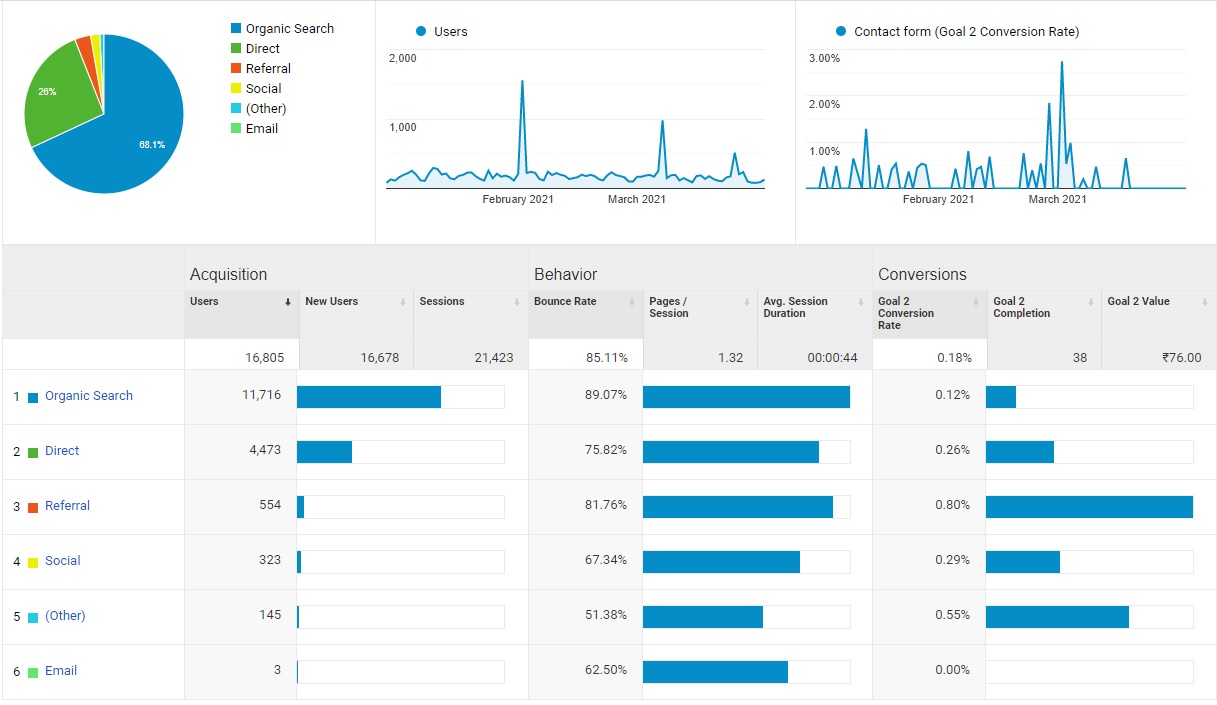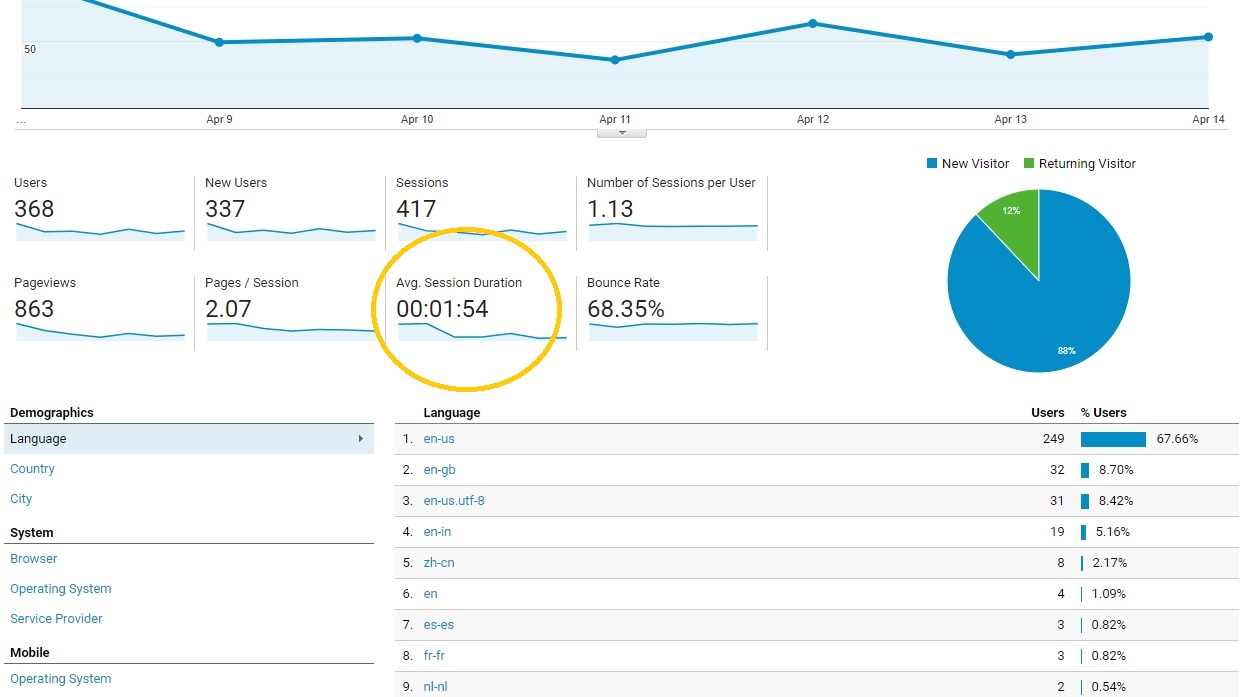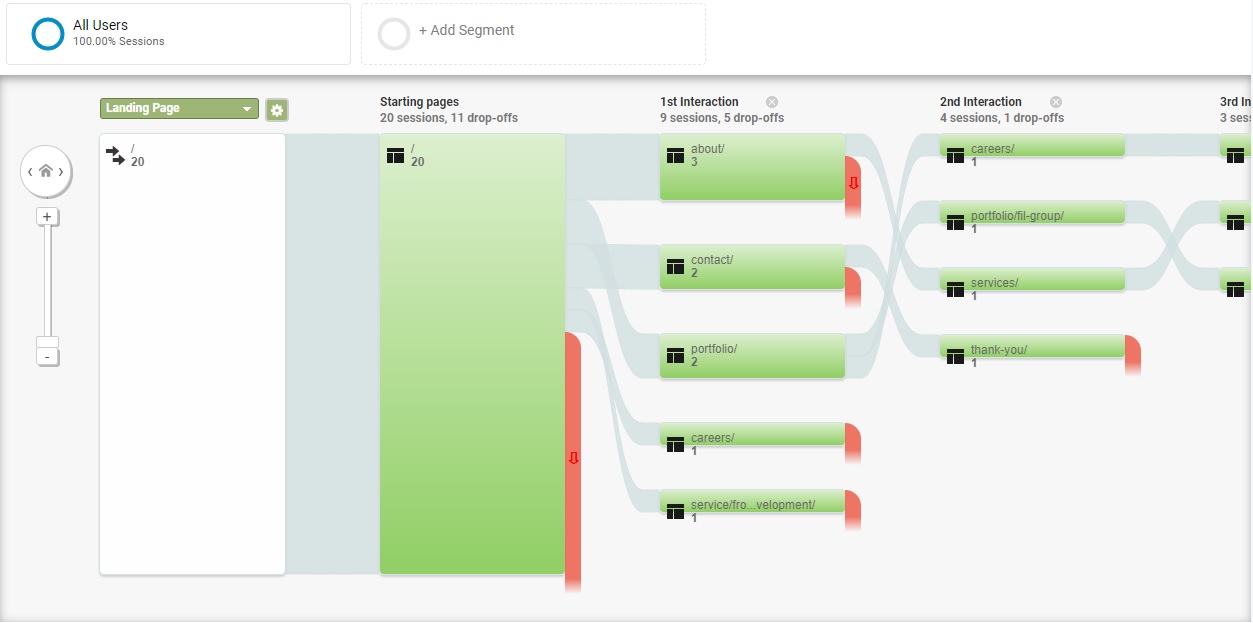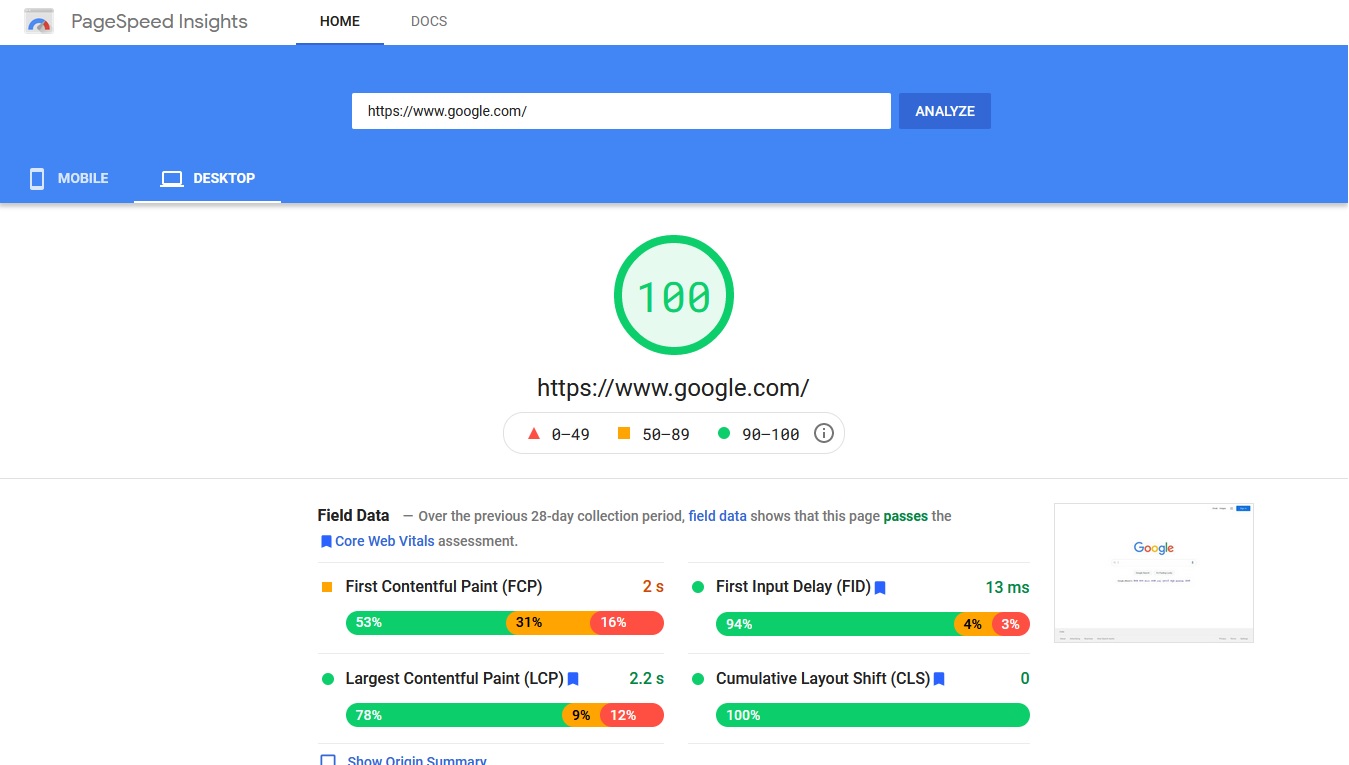Want to measure your website’s performance? Check out these Key Website Performance Metrics!
The last decade has seen a massive surge in offline businesses and industries migrating to the online world. This process of digitization has made websites the new face of modern markets. But how do you determine if the website is driving results for your business? By understanding the key website performance metrics let you determine the website’s performance. Once understood, they’ll help you tie those loose ends!
Measuring your website’s performance might sound intimidating at times but with the right tools, this process can be quite easy.
There are a lot of free tools out there which can help you measure your website’s performance. Tools like Google Analytics, Google Search Console, and Pagespeed insights are some of the most effective ones and will be the main focus here.
Now, let’s dive into some of the Key website performance metrics which can help you towards success:
1. Users
The Users metric helps to find out the number of users who landed on your website in the specified period. This metric helps you understand the amount of incoming traffic and differentiate the new and returning users’ acquisition – giving you intel on your growth rate.
2. Channels

When talking about the users you have acquired over a specific period, it is important to take note of the various channels you have acquired them through. Some of the most important channels to look for are Direct, Organic, Social, Email & Referral. These channels not only specify the numbers of users you have acquired but also help you to understand the effectiveness of your efforts per channel.
3. Bounce Rate

This is one metric that we are sure you’ve come across before and might be one of the most important website performance metrics. In simple words, bounce rate refers to the number of users who left your website without performing any action or spending much time. Keeping track of your website’s bounce rate is crucial when it comes to user retention and conversion. An increased bounce rate is one of the clear indicators that something is not right with your website. Various factors such as an increased loading speed, poor UI, too many calls to action, or misleading content can lead to an increased bounce rate and should be corrected on priority.
4. Average Session Duration

As the name suggests, Average session duration is the average time a user spends during a particular session on your website. Now, why is this website performance metric an important one? It helps you find out which pages on your website are performing better and those that need improvement. If users spend more time on a particular page, it might indicate the type of content your website’s audience prefers. Keeping this in mind, you can prepare your future content to better nurture your audience and improve the average session duration.
5. Core Web Vitals

Core web vitals is a set of factors that Google has introduced keeping user experience as the focus. They can be quite vital for a website’s ranking and performance. Let’s have a closer look at them:
According to Google, the 3 main factors are:
- Largest Contentful Paint: It measures perceived load speed and marks the point in the page load timeline when the page’s main content has likely loaded. The ideal speed is 2.5 seconds or faster.
- First Input Delay: It measures responsiveness and quantifies the experience users feel when trying to first interact with the page. The ideal measurement is less than 100 seconds.
- Cumulative Layout Shift: It measures visual stability and quantifies the amount of unexpected layout shift of visible page content. The ideal measurement is less than 0.1.
6. Behavior Flow

While we have covered various important website performance metrics, it is also important to understand the flow of users on your website. The term “Flow” refers to how users move from one section or page to another. Behavior flow helps you improve the users’ experience by getting rid of any redundant pages or content that may be causing users to bounce off.
7. Website Loading Speed

If you look back at point number 3 – Bounce Rate, talks about the website loading speed and how it is crucial to prevent users from bouncing off your website.
In simple terms, the higher the loading speed of your website, the higher the bounce rate – leading to you losing potential clients and business.
Tools like Pagespeed insights can help you keep a track of your website’s loading speed and give valuable suggestions to bring the loading speed down to acceptable limits.
The loading speed is also one of the major factors when it comes to ranking the websites on search engines – making it one of the most important website performance metrics.
So there you have it, some of the key website performance metrics essential for you to determine your website’s performance and retain those crucial leads.
Can you think of other important metrics that one should consider while assessing a website’s performance?
Drop us an email and let us know! We’d love to write another piece on this topic.


